
by Trent and Rebekah Dutton
Synopsis: If you travel to Israel, one site you must visit is the Israel Museum, which contains a wealth of archaeological history that cannot be missed.
We continue our virtual tour of Israel. From our last article, we noted that the last few articles have sought to answer the question, “If you had two or three days in Israel, what locations should you visit?”
On this stop, we trek back to Jerusalem, not to an archaeological site, but to a museum—the Israel Museum. A similar disclaimer applies to this museum as this article series, namely, there are so many relevant biblical artifacts in the Israel Museum, we can only cover a few. Feel free to debate which ones are the most important. With that, here is a small sample of what you will find there.
The Ketef Hinnom silver amulet scrolls. These tiny scrolls contain the “Priestly Blessing” from Numbers 6:24-26 and are likely the earliest preserved biblical texts. It seems their design was to be worn around the neck as amulets. They were found at a site known as Ketef Hinnom, a series of rock-cut burial chambers just southwest of the Old City of Jerusalem. As with many artifacts and texts, and artifacts that are texts—such as these—there is debate over their dating. In recent years, researchers armed with advanced infrared imaging systems have better deciphered the texts and their dates. These texts are thought to be from the early sixth to late seventh century BC (think of King Josiah to the fall of Jerusalem). This is significant in that they pre-date the Dead Sea scrolls by a few hundred years.
Next, a victory inscription of Sennacherib, one of eight prisms with similar messages (some partial) commissioned by Sennacherib of Assyria around 690 BC. The most famous is in the British Museum. Commonly known as the Taylor Prism, it is named after its first acquirer in 1830, Colonel R. Taylor, a British consul general of Baghdad. However, another of these resides at the Israel Museum. This artifact provides Sennacherib’s version of the events described in 2 Kings 19 and 2 Chronicles 32. The account describes Sennacherib besieging and conquering multiple cities, including Jerusalem. Yet, his account indicates that he did not take Jerusalem, but could only exact tribute. This correlates with the message from God to Hezekiah via Isaiah, that the city would not be taken (2 Kings 19:32-36). The famed line from this inscription is Sennacherib noting of Hezekiah, “I made him a prisoner, like a bird in a cage.”
The last artifact in this sample set is rather large, and it has four horns: an altar. This illustrates the tabernacle altar for burnt offerings (Exod. 27:2) and a smattering of other altar references, which are described as having four horns. This altar, found at the site of Beersheba, was discovered in a secondary context, meaning its stones were reused in construction of a building. The stratigraphic layer in which it was discovered indicates its teardown and reuse was likely associated with the reforms of Hezekiah in the eighth century BC.
The last item to mention is not an artifact, but a model. It is a model of first century CE Jerusalem. It was reconstructed based on Jewish sources, such as the Mishnah and Josephus, along with archaeological finds from Jerusalem and other Roman cities. This model provides an excellent overview of what Jerusalem and the temple area may have looked like in the first century. One of the most difficult items to picture when visiting Jerusalem today is how the city would have appeared at different points in history. When you have a city with a long history and pre-history, a city that served as a focal point of civilization for so long, with so many destructions and rebuilds, creating an accurate reconstruction is difficult at best and impossible at worst. This is a challenging task for scholars, even more so for tourists on their first visit. We could say a lot about resources to help visualize this ancient city, but a good place to start is the city model at the Israel Museum.
When you go to Israel, do not miss this stop. There are far too many biblically related artifacts here to overlook the Israel Museum. Do your research ahead of time or go with someone who knows the layout. Better yet, do both and spend at least half a day exploring—you will need it. 
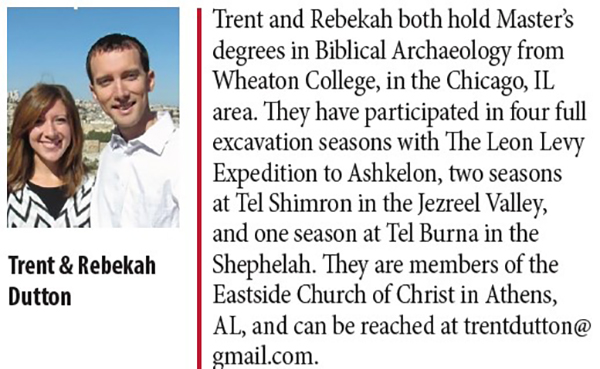
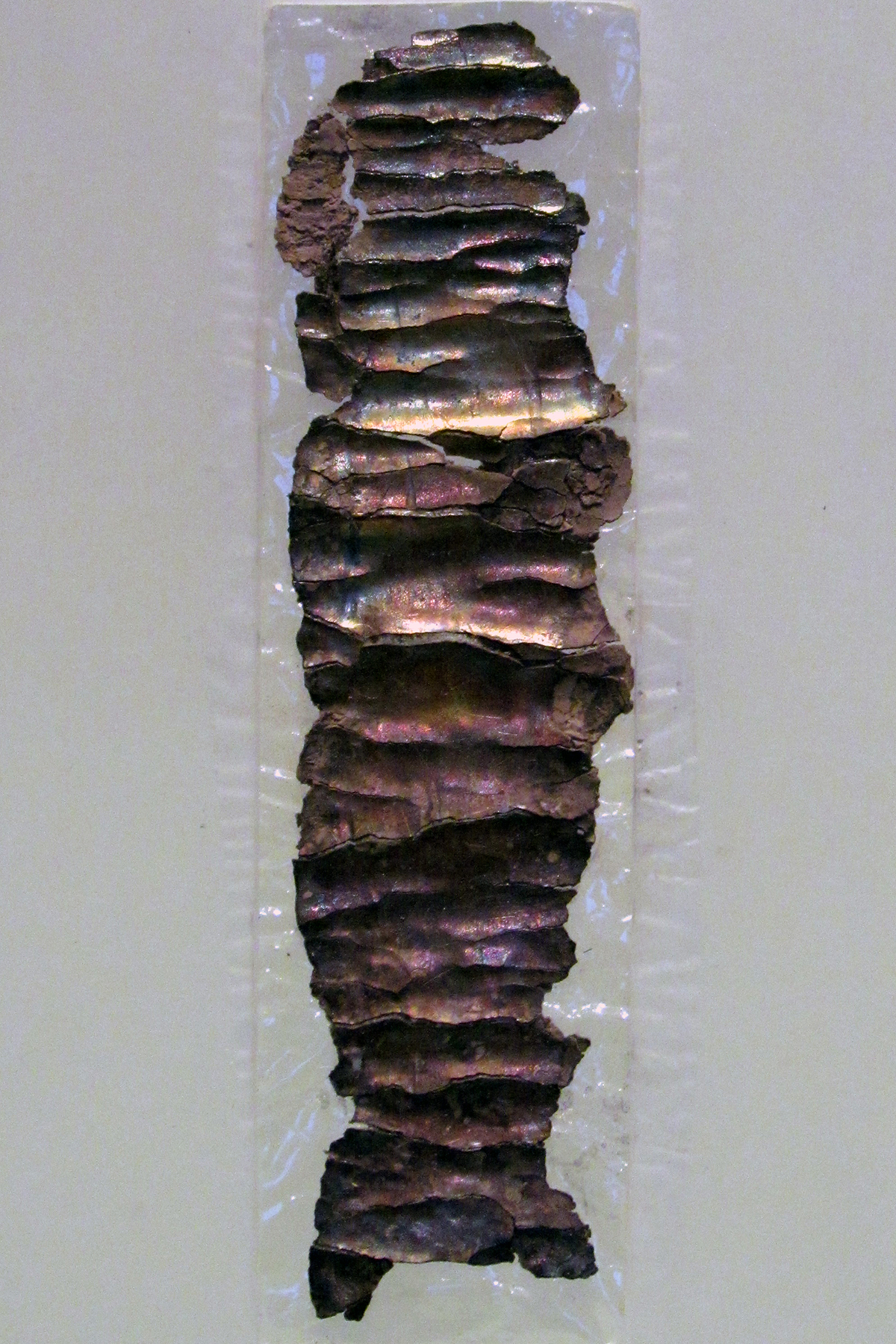
Image-1 Caption: The Ketef Hinnom Silver Scroll Amulets
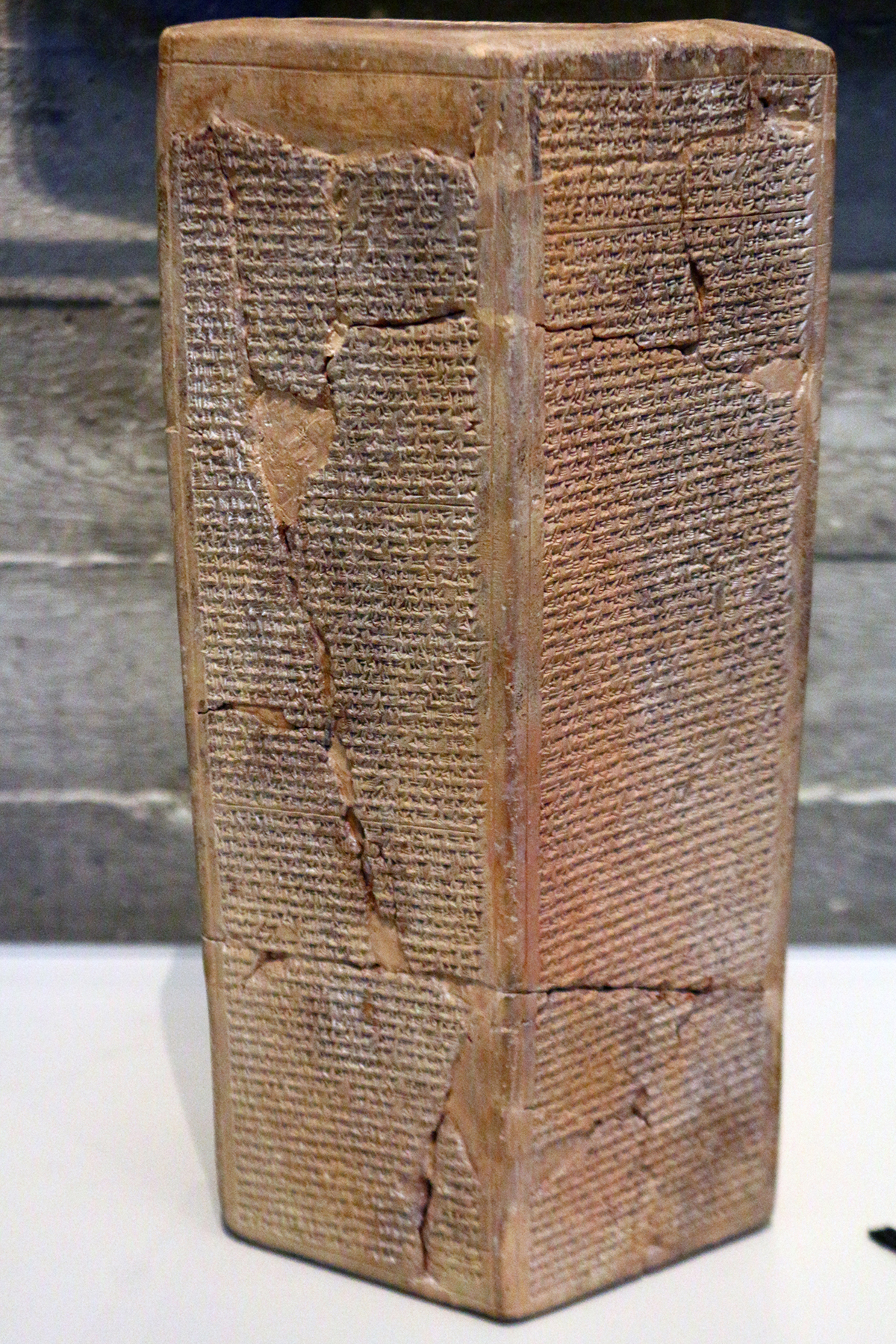
Image-2 Caption: Victory Inscription of Sennacherib
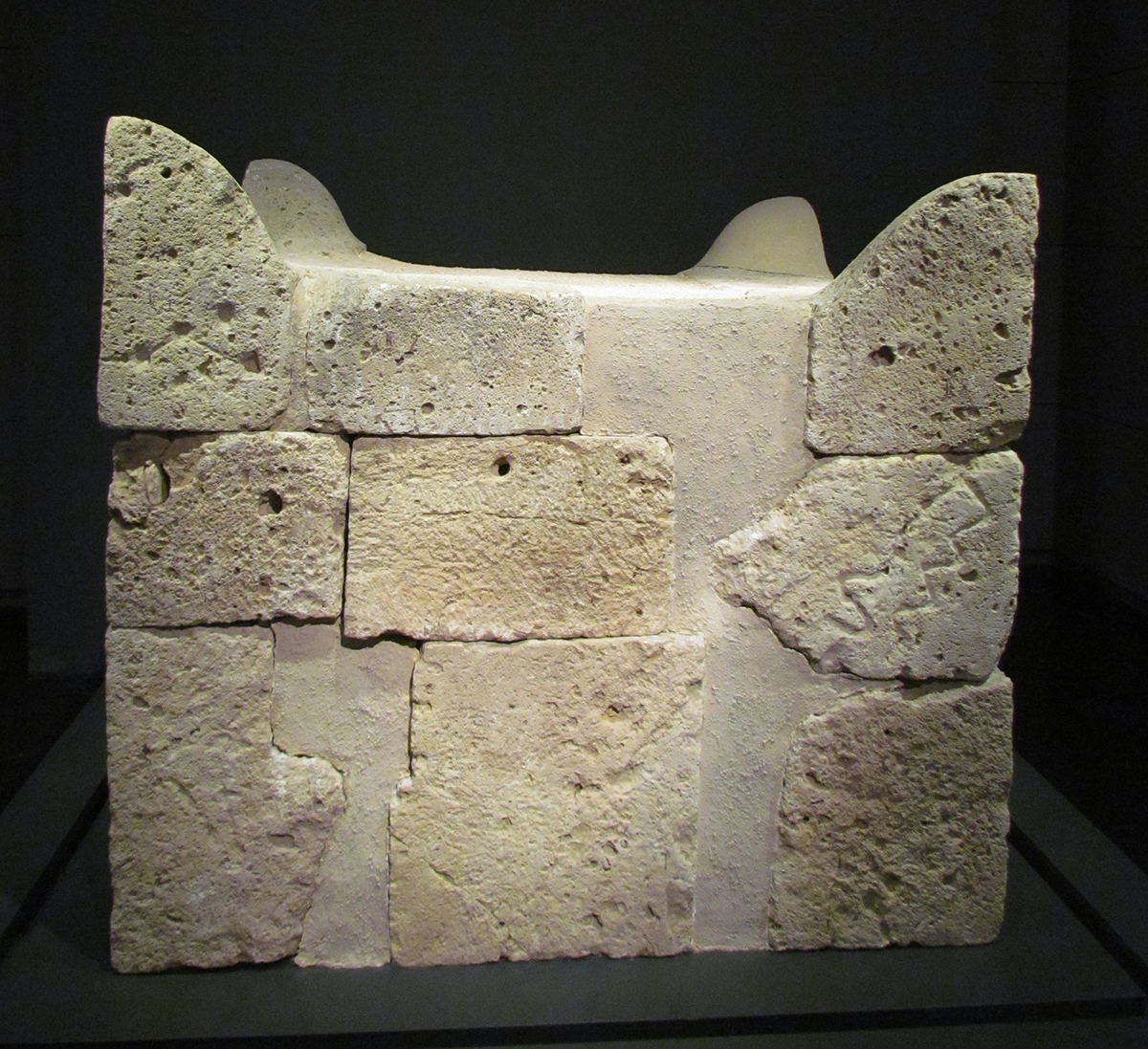
Image-3 Caption: Four-Horned Beersheba Altar
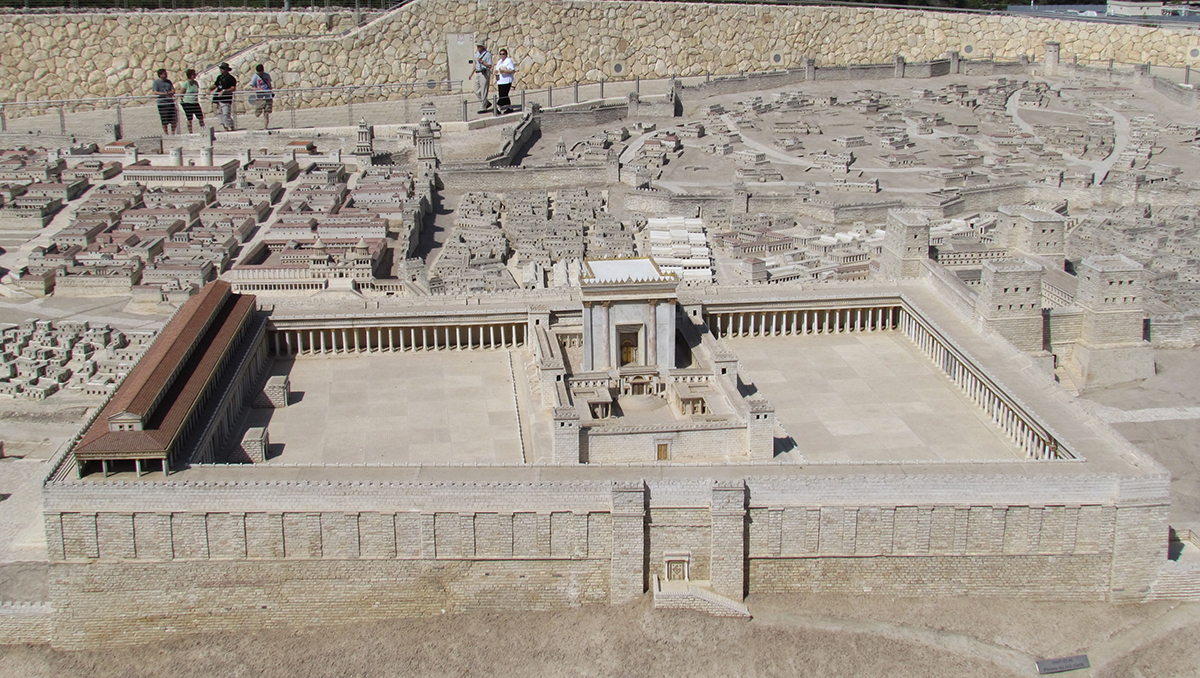
Image-3 Caption: First Century Temple Model

